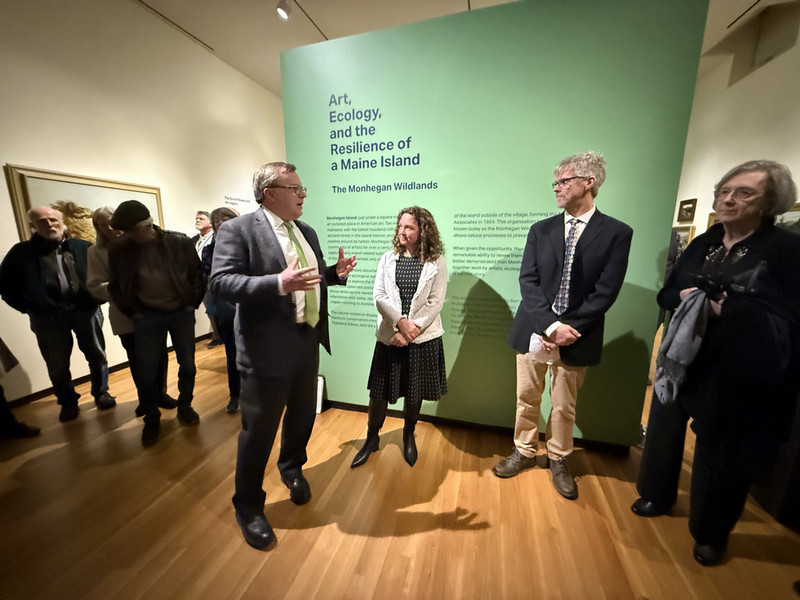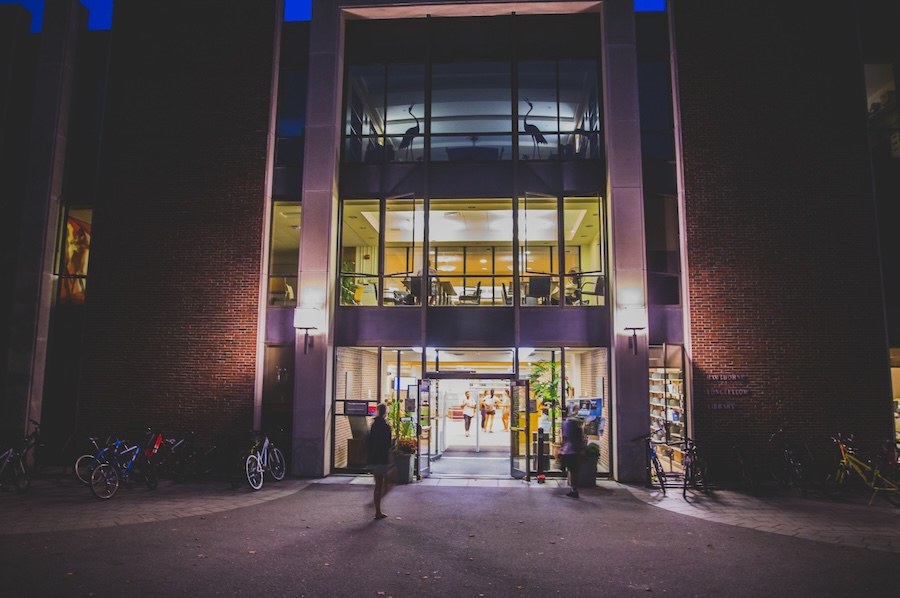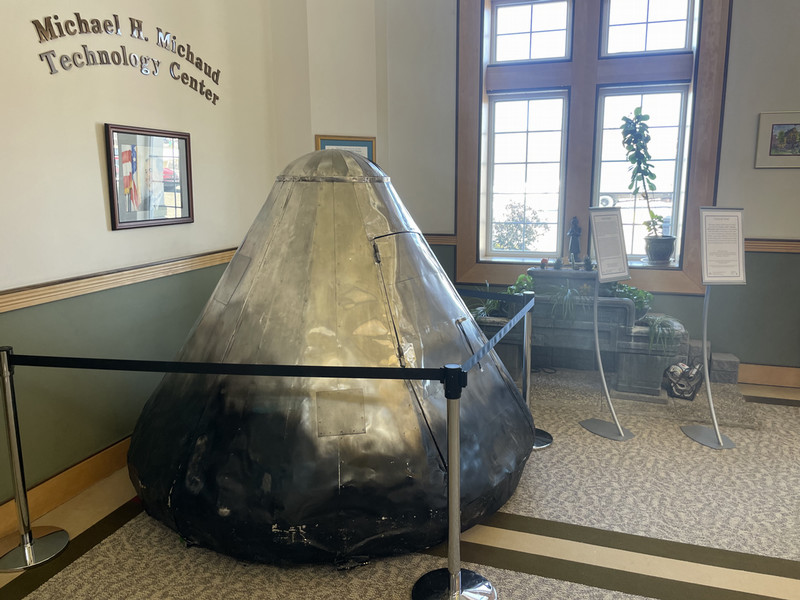Groundbreaking Exhibition of Memento Mori from the Renaissance Opens at Bowdoin College Museum of Art on Saturday, June 24
By Bowdoin College Museum of Art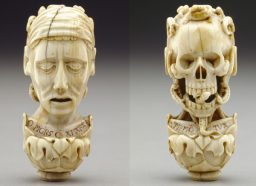
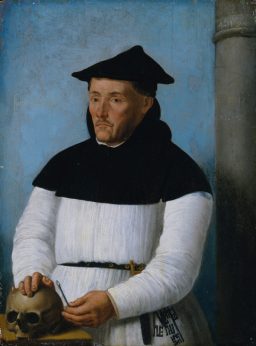
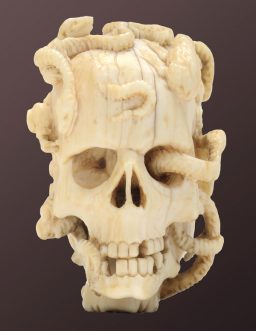
“We’re thrilled to present the unique and rare works included in The Ivory Mirror, many of which are unfamiliar to audiences outside of Europe. These extraordinary objects bring to life a culture of mortality and reveal the emergence of new conceptions of the self in the Renaissance, humanity, and the nature of achievement, pleasure, and transgression. They raise important questions about and inform new perspectives on our present fascination with such imagery, while providing a welcome opportunity to consider the new cultural, philosophical, and scientific discourses that contributed to the popularity of the memento mori at the dawn of the sixteenth century,” said Anne Collins Goodyear, co-director of the Bowdoin College Museum of Art, “The research of curator Stephen Perkinson and his collaborators sheds new light on these fascinating objects, enabling us to better understand the complex origins and associations of memento mori imagery, the larger artistic and literary context of which they were a part, the nature of the workshops that designed them, and, ultimately, how these remarkable works of art continue to evoke the tension between pleasure and responsibility in a fashion just as compelling today as five centuries ago.”
An elegant installation, organized into eight thematic sections, focused on subjects such as selfhood, morality, piety, and anatomy, enables audiences to understand the broad range of inspirations for and implications of memento mori imagery. Cases provide the opportunity to see ivory prayer beads and other statuettes in the round and in the context of paintings and prints from the period by leading artists such as Albrecht Dürer and Hans Holbein. Magnifying glasses further permit close examination of the exceptional detail with which artists of the period wrought the ivory objects brought together for the first time in The Ivory Mirrror.
“While we recognize the Renaissance as an age of exceptional human progress and artistic achievement, macabre images proliferated in precisely this period: unsettling depictions of Death personified, of decaying bodies, of young lovers struck down in their prime. This provocative imagery runs riot in the remarkable array of artworks featured in The Ivory Mirror. For many scholars, these gruesome objects seem to be a last gasp, as it were, of a dying medieval world view, of a culture obsessed with the certainty of death, terrified by the threat of divine judgment, and incapable of enjoying earthly life,” continued curator Stephen Perkinson, “The Ivory Mirror rethinks that traditional view, seeking to understand these morbid images as intimately bound up in the period’s shifting conceptions of the self, of the place of humanity in the world, and of the nature of sin and pleasure. It demonstrates that these objects simultaneously reminded viewers not only of life’s fleeting nature but also of the need to both enjoy one’s time on earth and to live a moral and responsible life.”
The BCMA will display highlights from their own collection alongside artworks loaned from the Victoria and Albert Museum, the Ashmolean Museum at the University of Oxford, the Philadelphia Museum of Art, and the Walters Art Museum among others. Highlights of the exhibition include:
- Several stunning memento mori ivory pendants and rosary beads on loan from the Victoria and Albert Museum, the Metropolitan Museum of Art, the Philadelphia Museum of Art, the Walters Museum of Art, and from the BCMA’s own collection; and
- Hans Holbein the Younger’s Dance of Death woodcut series, on loan from the Museum of Fine Arts, Boston;
- A boxwood sculpture from the School of Conrad Meit, Vanitas, ca. 1525, on loan from the Harvard Art Museums;
- A copy of Andreas Vesalius’s momentous anatomical compendium, On the Fabric of the Human Body of 1543, on loan from Francis A. Countway Library of Medicine, Harvard University;
- Illuminated manuscripts and early printed books of the fifteenth and sixteenth centuries on loan from the Huntington Library, Art Collections, and Botanical Gardens, San Marino, California and the Clapp Library of Wellesley College;
- Albrecht Dürer’s engraving The Fall of Man (Adam and Eve), 1504, from the collection of the BCMA;
- Masterful decorative arts objects on loan from the Victoria and Albert Museum by unknown artists, including an early seventeenth-century gold and enamel ring, an enameled, jewel-encrusted gold brooch, and a silver scent case from the early sixteenth century.
- A superb bronze figural inkwell by the Nuremberg artist Peter Vischer the Younger, on loan from the Ashmolean museum in Oxford, whose decoration evokes the carpe diem theme with an inscription urging its viewers to “reflect on life, not death.”
The fully-illustrated 240-page catalogue includes nearly 190 color images and five essays penned by scholars from institutions such as the British Museum and the J. Paul Getty Museum. The Ivory Mirror celebrates advances made in the scholarship of memento mori in visual and literary culture of the early modern era, and will provide a platform for further interdisciplinary engagement. The BCMA will host a range of related public events, including a festival of recent films, musical performances, poetry readings featuring ancient, Renaissance, and Early Modern poems on the carpe diem theme. In addition, an international symposium at Bowdoin in November 2017 on medieval memento mori will feature lectures by distinguished academics and museum professionals from Great Britain and the United States.
The Museum is pleased to announce a series of exhibition related public programs throughout the summer and fall, including an opening keynote lecture by curator Stephen Perkinson, gallery talks by scholars and artists, as well as an international symposium that will draw numerous disciplines into dialogue around the rise of memento mori imagery during the European Renaissance. Highlights include:
- A keynote program led by exhibition curator Stephen Perkinson, providing an orientation to the exhibition’s themes in conjunction with the exhibition’s opening on June 24;
- Film screenings of Ghostbusters II, followed by a discussion led on its modern day interpretation of the visual tropes explored through the exhibition;
- A discussion of the legacy of the tradition of memento mori in modern and contemporary art, led by Museum co-director Anne Collins Goodyear;
- An interdisciplinary conversation between Dr. Craig Grimes, North Shore Medical Center, Salem, MA, and Stephen Perkinson, considering the relationship between art and the science of grappling with our mortality, both historically and in present day;
- A panel discussion focused on the implications of the use of ivory in historical art and contemporary attempts to protect rare and endangered specials
- A two-day symposium in early November, bringing together an interdisciplinary team of curators and academics to discuss the function and design of luxury goods in the early modern era from a variety of perspectives, including manuscript illumination, ivory carving, anatomical studies, literature, and tomb sculpture.

